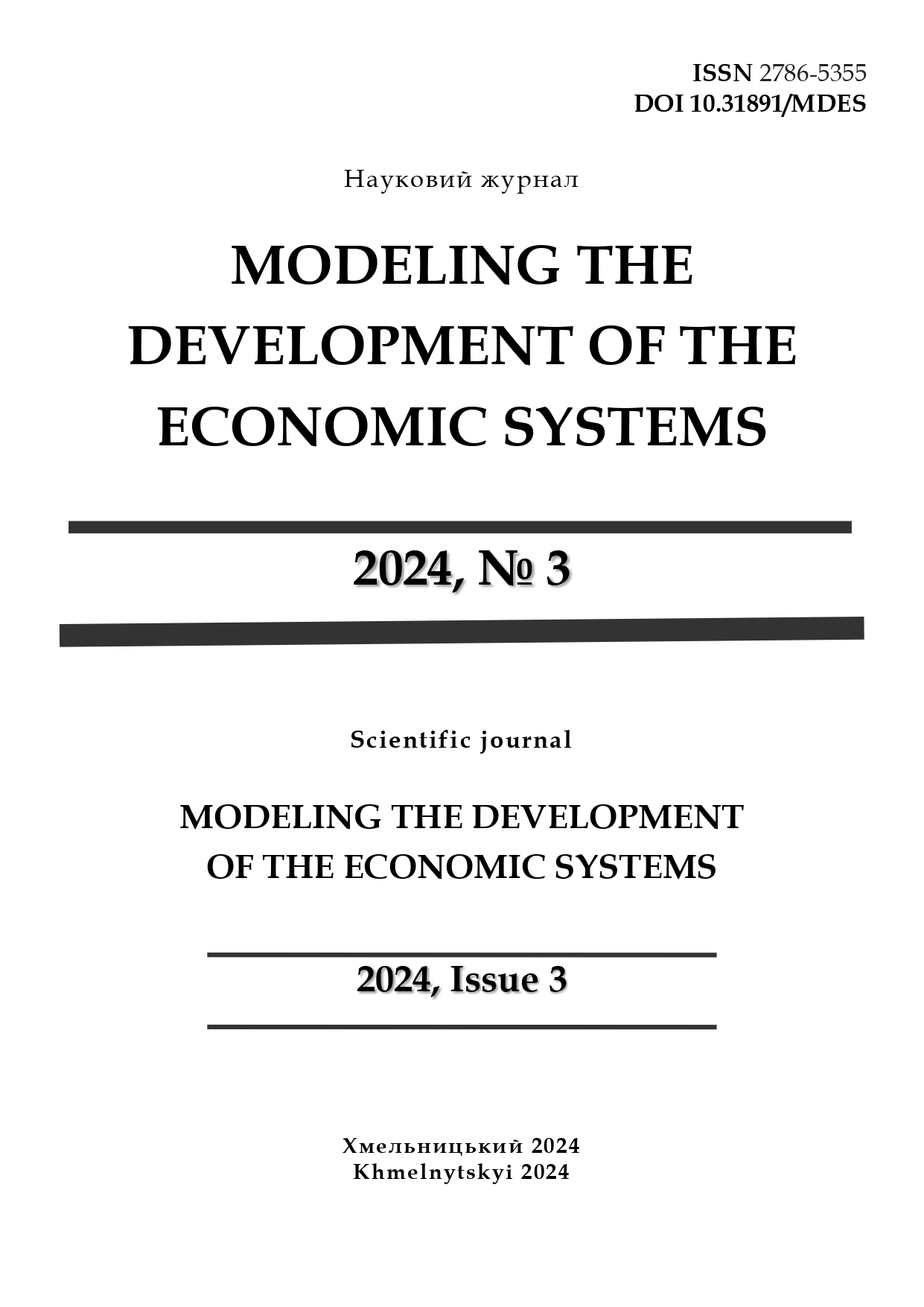SWOT ANALYSIS OF THE PURCHASING ACTIVITIES OF GOVERNMENT CUSTOMERS
DOI:
https://doi.org/10.31891/mdes/2024-13-57Keywords:
procurement policy, state procurement, marketing strategy, risks, market participantsAbstract
Procurement management plays an important role in ensuring the effective, sustainable, and profitable operation of the enterprise. No less important than the production (growing) of products or their sale in modern market conditions is the purchase of commodity and material values for the sustainable functioning of the enterprise.
Commercial and state procurement have different development and management styles. Commercial procurement offers a wider range of opportunities to promote the procurement strategy by using global practices and adapting them to the enterprise's requirements and tasks.
By the norms of the Law [6], any customer must publish complete information (considering the requirements of the Law) on the procurement with a contract price of 1 kopeck of hryvnia.
According to the analysis results, the main list of market participants was determined, which had the most significant impact on the group of companies, and a potential list of companies that made up the most significant cluster in the market was formed. Having analyzed the proposals of each company in at least one procurement, we form a list of questions and proposals to the company, namely what needs to be addressed in their proposals to prevent disqualification during procurement and typical mistakes made in previous procurements. Having considered the internal documentation of Group III, we can note the absence of any procurement strategy, both internal and external. This option is the best example of a state customer since there are no described procurement strategies, possible actions of officials, or automation of systematic work.




